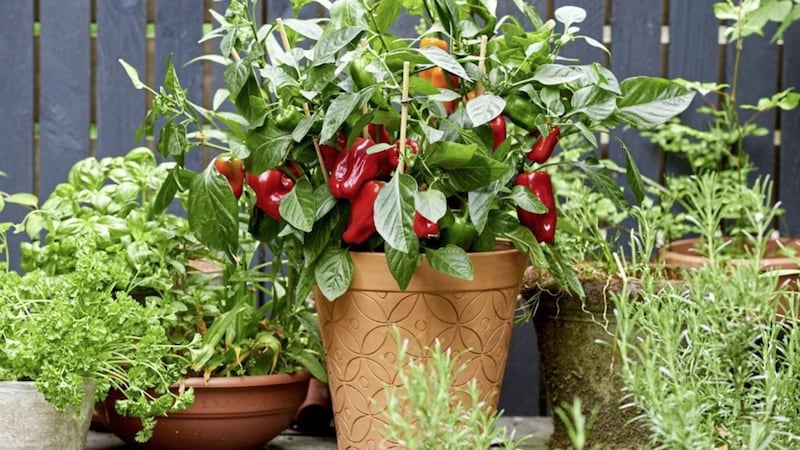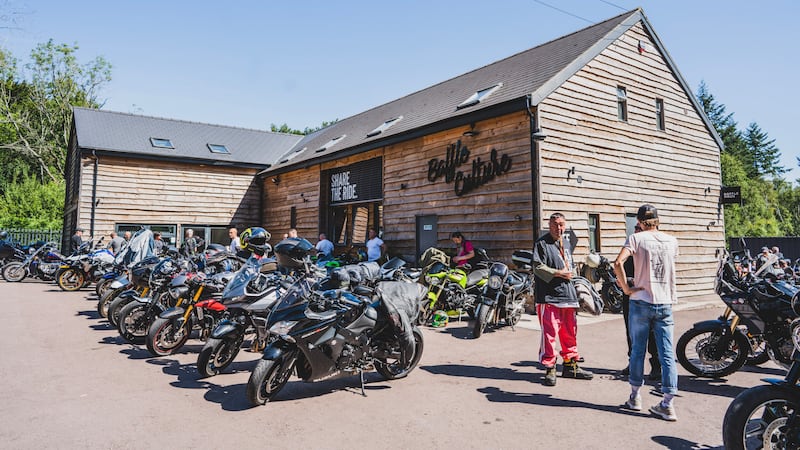I CAN personally testify to the fieriness of chillies, having once woken abruptly to find my elder brother sticking a freshly sliced fruit up my nose.
You may think such behaviour is characteristic of an adolescent but it’s important to point out that he was well into his 30s at the time and the father of two young children. Despite rinsing my nostrils for most of the day, the intense sensation lingered for some time and I’m still mildly traumatised as I recall the uncomfortable sensation.
A chilli’s hotness is measured on the Scoville scale, which rates the concentration of the chemical compound capsaicin, the active component that produces the heat sensation in your mouth.
According to the scale developed by American pharmacist Wilbur Scoville in 1912, a sweet pepper containing no capsaicin has a Scoville rating of zero, whereas the hottest chillies, such as habaneros, have a rating of 300,000-plus, which means their extract has to be diluted 300,000-fold before the active ingredient is undetectable.
The factors influencing the heat of a fresh pepper include growing temperature, hours of sunlight, moisture, soil chemistry, and the type and amount of fertiliser used. The heat of dried peppers is equally dependent upon all the above factors plus the conditions under which they are dried.
Welsh fruit grower Mike Smith last year accidentally cultivated the world's hottest chilli. At 2.48 million on the Scoville scale, his creation, Dragon's Breath, pushed the 2.2 million-unit Carolina Reaper into second place. Chilli experts at Nottingham Trent University warned that swallowing just one of Smith’s chillies would be enough to trigger anaphylactic shock.
If you’re seeking to maximise chilli heat then it’s best to sow your seeds early in the year, therefore maximising the length of the growing season. If you’ve missed this window, you can buy young plants from a garden centre. However, if registering more than a six figure rating on the Scoville Scale isn’t a priority then you can sow seeds up to the end of this month, still giving them plenty of time to mature.
The seeds should be sown on the surface of a moist, free-draining, compost and covered with a thin layer of compost or vermiculite. If conditions are warm enough they should germinate within a fortnight and then, when large enough to handle, transplanted into individual pots.
Chillies can grow outside in a sheltered, sunny spot but, like tomatoes, they prefer to be under cover in a greenhouse, polytunnel or on a window sill.
Water your plants regularly but sparingly, as too much water will dilute the taste. It’s also recommended to keep your soil slightly on the dry side, as slightly stressing your chilli plants helps to produce hotter peppers. Pinch out the growing tip of the first flowering shoots to promote more branching and a better yield and after the first fruits have set, feed the plants once a week with a high potash tomato fertiliser.
Recommended varieties include the medium-strength 'Filius Blue', whose abundant brightly coloured fruits turn from green to bluish purple and then red. 'Aurora' is a compact plant producing loads of quite hot chillies which through the season turn from purple to orange to bright red.
Other good performers include 'Prairie Fire', which produces upward-pointing fruits, and 'Gold Nugget’ with its small, rounded decorative fruits.
Harvest your chillies by cutting them from the plant with secateurs. To dry, use a needle and thread the stems of the peppers together to form a 'daisy chain' and hang them in a warm, well ventilated spot for a month or more. They can also be frozen straight after harvesting.








